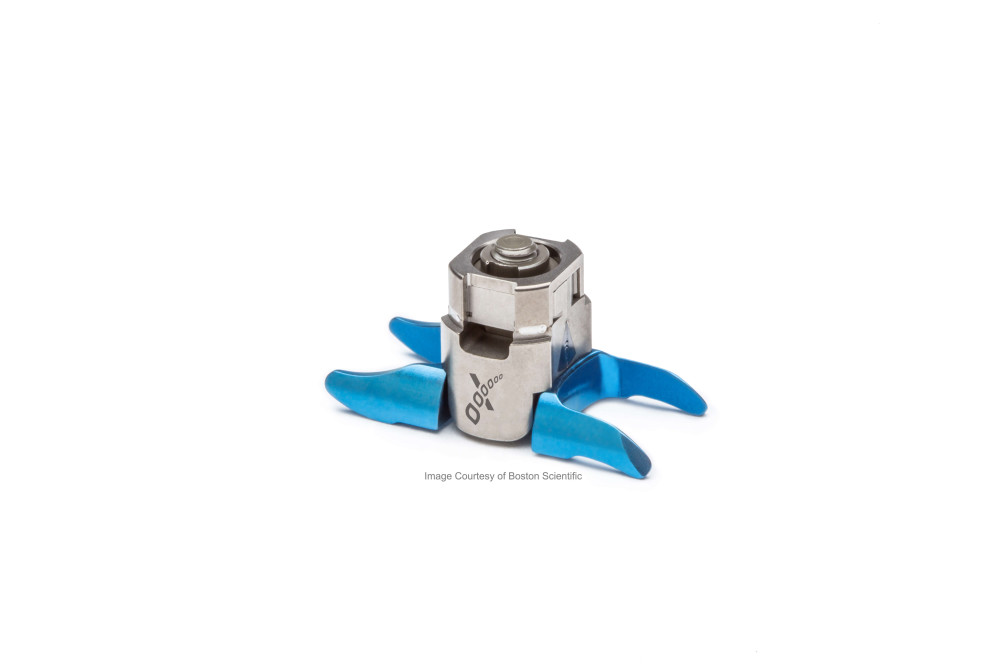


Vertiflex Indirect Spinal Decompression
Vertiflex is a device that is placed between the spinous processes that acts as an extension blocker. It is indicated for mild to moderate spinal stenosis. This includes central stenosis, foraminal stenosis, and lateral recess stenosis. The typical symptoms of lumbar spinal stenosis are the inability to walk very far without stopping, the inability to stand in one place for very long without moving, and the need to bend over to walk further. Affected individuals typically bend over and hold on to a cart, which “opens up” the spinal canal and allows them to walk further. These symptoms are often referred to as neurogenic claudication. Typically, this type of pain and discomfort goes away or improves dramatically when flexing/bending forward.
By placing this device at one or two spinal levels, that have mild to moderate spinal stenosis, the levels are kept in a “flexed” position, indirectly decompressing the spinal canal. The procedure is performed through one or two very small incisions in the back away from the spinal cord and spinal nerves, making it a safe ultra-minimally invasive option. The procedure typically takes less than 30 minutes to perform. It is done as an outpatient procedure with minimal blood loss. Recovery from this procedure is much faster, than more invasive surgical options. Lastly, this procedure is reversible. Should a patient need to have a more extensive surgery in the future, a surgeon can work around the device and level it in place or easily remove it. The procedure can be performed with light to moderate sedation and does not require general anesthesia.